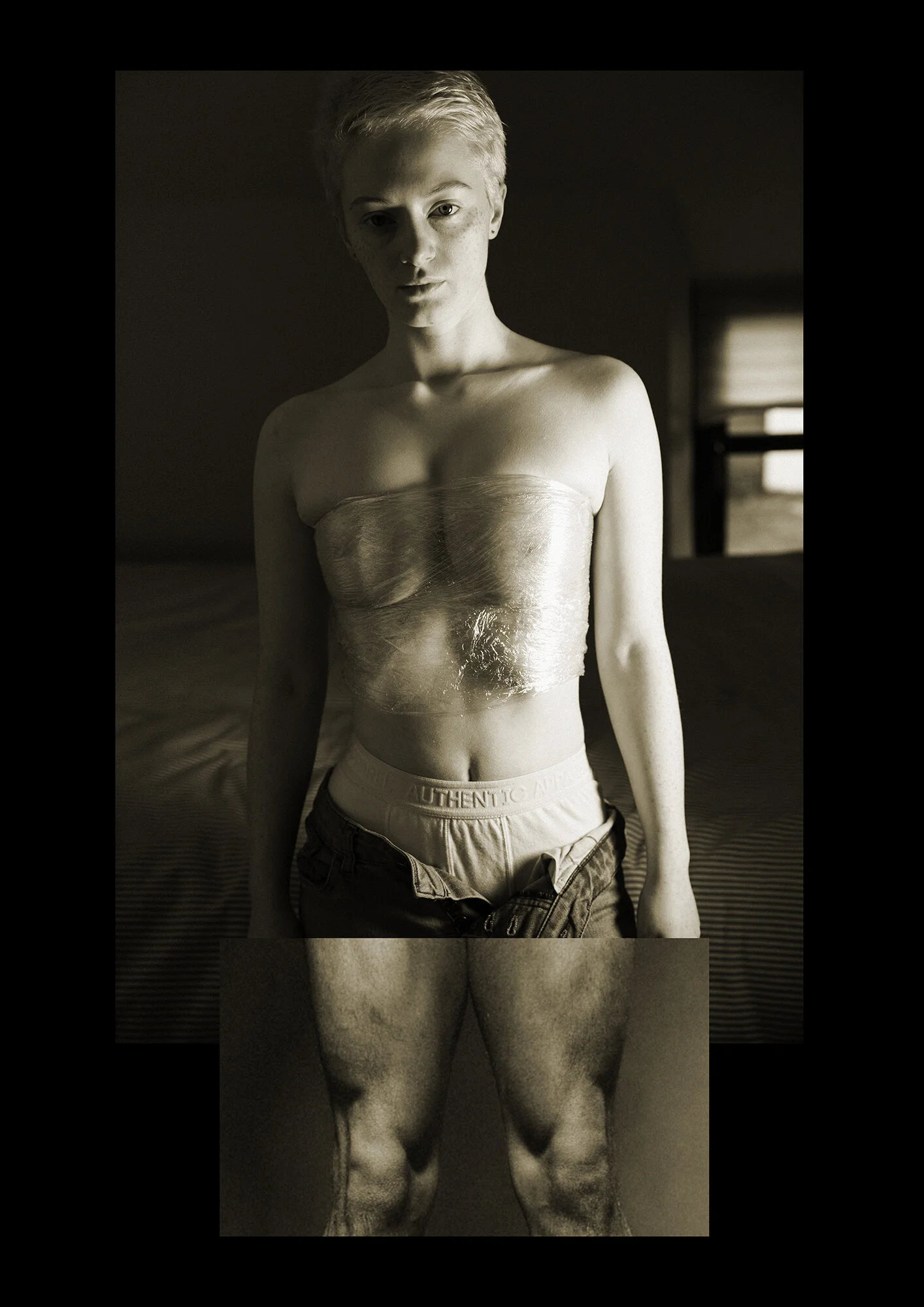Feature: Sharon Pulwer
© Sharon Pulwer
In recent years, there has been an uptick in the examination of the Hasidic world in popular culture. Infamous for its insulation, series like Shtisel and the recent Netflix miniseries Unorthodox, based on a book of the same name by Deborah Feldman, offer a coveted look into the community and the dynamics of extremely observant Jews. However, above all, the experience of women in these communities draws a particular, dubious spectator. Religious women, typically swathed in modest clothing, are understood by secular communities as victims of the religious practice to which they belong. Of course, this is not a sentiment exclusive to the Jewish community, but rather an ubiquitous trope layered into the history and external perception of all devout communities. The general consensus concludes that women in religious communities are maligned and mistreated, burdened by the weight of upholding and tending to traditions from which they are excluded.
© Sharon Pulwer
Pictures by the Israeli-born photographer Sharon Pulwer however, offer a different perspective on womanhood in Ultra-Orthodox Jewish communities. In her artist’s statement for the series, Pulwer writes, “Through color still images made in their homes and at women-only events, this project explores their experiences of womanhood and motherhood under a set of rules that brings comfort and a sense of belonging, but can also clash with personal freedom.” Pulwer’s series ruminates on the complexity of womanhood in Hasidic communities. She documents the agency of women in these spaces while using the required gender-based separation of Hasidic spaces to frame her work. Most interestingly, Pulwer’s photography shines a light onto community members who tend to be censored from their own community’s publications. Hasidic news sources often blur or cover the faces of women in their publications. Pulwer’s images, however, illuminate these women.
© Sharon Pulwer
© Sharon Pulwer
Each photograph emanates the warmth and intimacy of a family photo album. Some are composed like snapshots, documenting the physical presence of women in religious spaces. In one, a small child looks back at the camera from a cluster of people performing the kaparot ritual. Another presents a cluster of women sitting before a still image of a rabbi and a painting of the Rebbe projected onto a screen. In addition to documenting the presence of women in Hasidic spaces, each photograph offers how each woman’s expression of faith is characterized and modulated by her womanhood. In the images that feature women in active roles — either painting or playing music — the women are in isolation. In images which feature the women praying, they are in groups of only women and assume the role of receiver.
© Sharon Pulwer
Pulwer hones in on the richness of the female sphere within Orthodox Judaism while remaining in accordance with the religious precept. Although there are many requirements in maintaining Hasidic observance — such as dressing in adherence to tzniut (modesty laws) and the expectation of married women to cover their natural hair — within this devout practice, “God-Fearing Women” withholds criticism, giving space to women often policed within and outside their practice. Pulwer’s photographs suggest an alternative articulation of practice for women in Hasidic communities, but refrains from deeming the woman’s practice as lesser or subjugated. This distinction is one that rarely strikes hold in the secular consciousness of religious communities.
© Sharon Pulwer
You can see more of Sharon Pulwer’s work here













